The echo command is a basic but extremely useful tool in the Linux environment. With it, you can display texts, values, and variables that are stored in your system or that you define yourself. In this guide, you will learn step by step how to use the echo command effectively and what options it provides for you.
Key Insights
- echo outputs texts, variables, and their values.
- Variables in Bash are usually written in uppercase letters.
- You can use echo to output messages in scripts.
- There are numerous variables that provide information about your system.
Using the Echo Command
The echo command is very versatile and can help you quickly read a large amount of information in the terminal. Let's go through the main steps to use the command.
Step 1: Display Variables
Start by displaying your current home variable. This can be done by typing into the terminal: echo $HOME
When you run this command, it will show you the path to your home directory. The variable $HOME contains the path where your user directory is located.
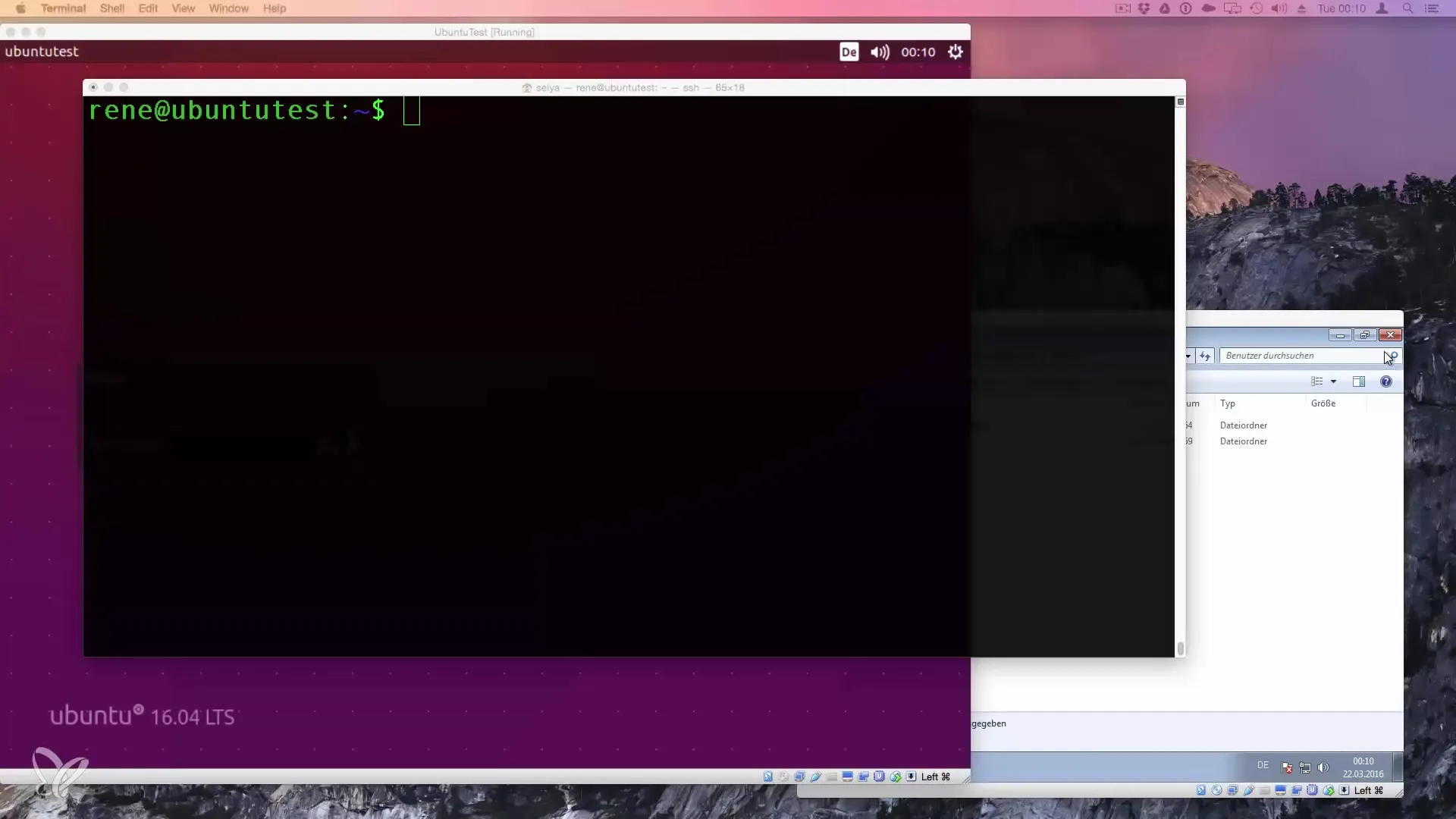
Step 2: Change Directory
To ensure you are in the right directory, you can use the command cd (change directory). Just type the following: cd /tmp
After you have switched to the temporary directory, check your home variable again with echo $HOME.
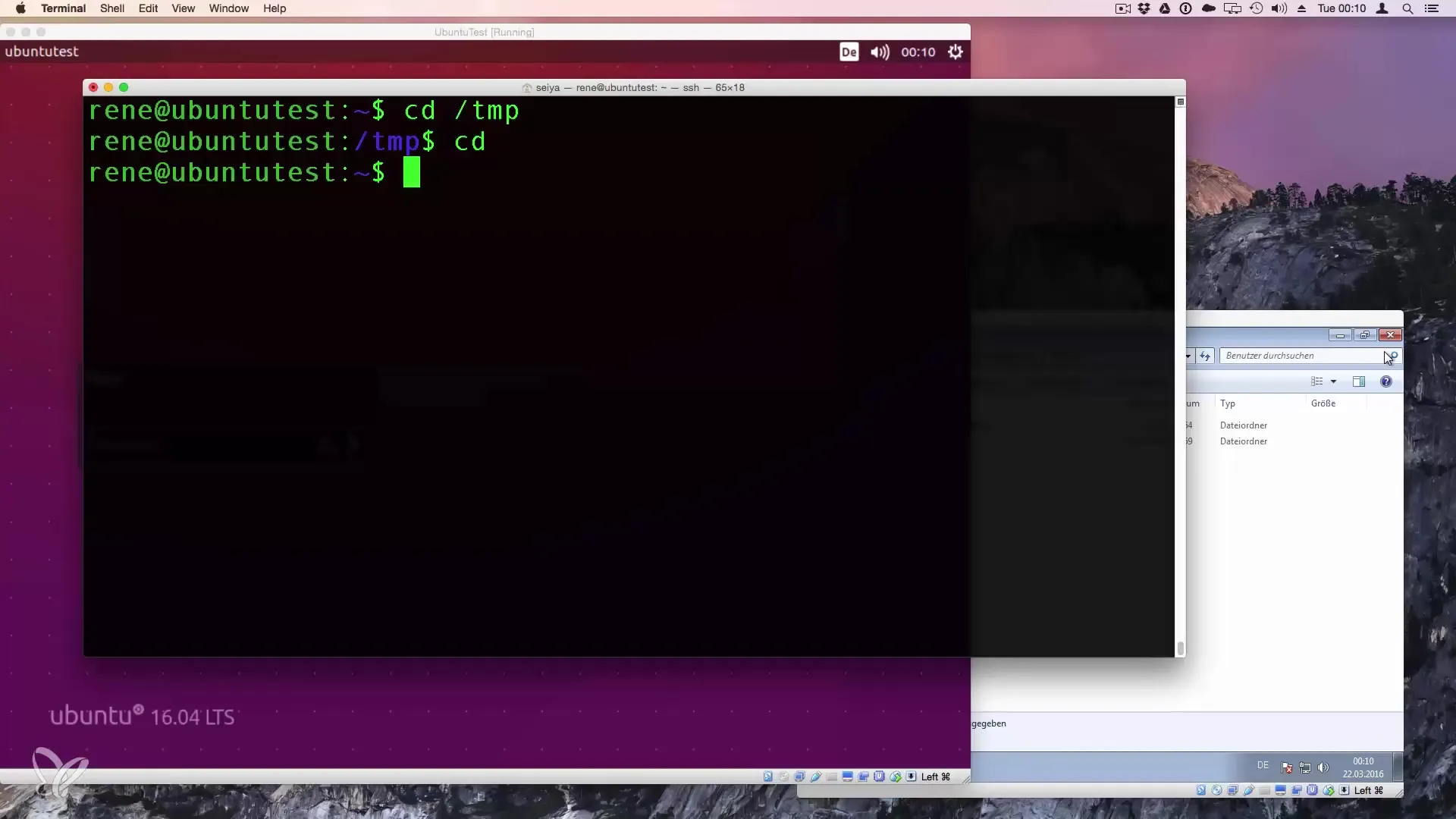
Step 3: Query System Variables
In addition to the home variable, there are other useful variables that you can query. For example, you can use the command echo $PATH to see the paths where your system looks for executable files.
This output shows you which directories are defined in the system environment variable PATH on your system. This information is helpful if you want to know where important system commands are stored.
Step 4: Create Text Output
To display values or messages directly in the terminal, you can use the echo command with plain text:
echo "This is a test"
This command outputs the sentence "This is a test" in the terminal. This is especially useful when you want to output messages via small Bash scripts.
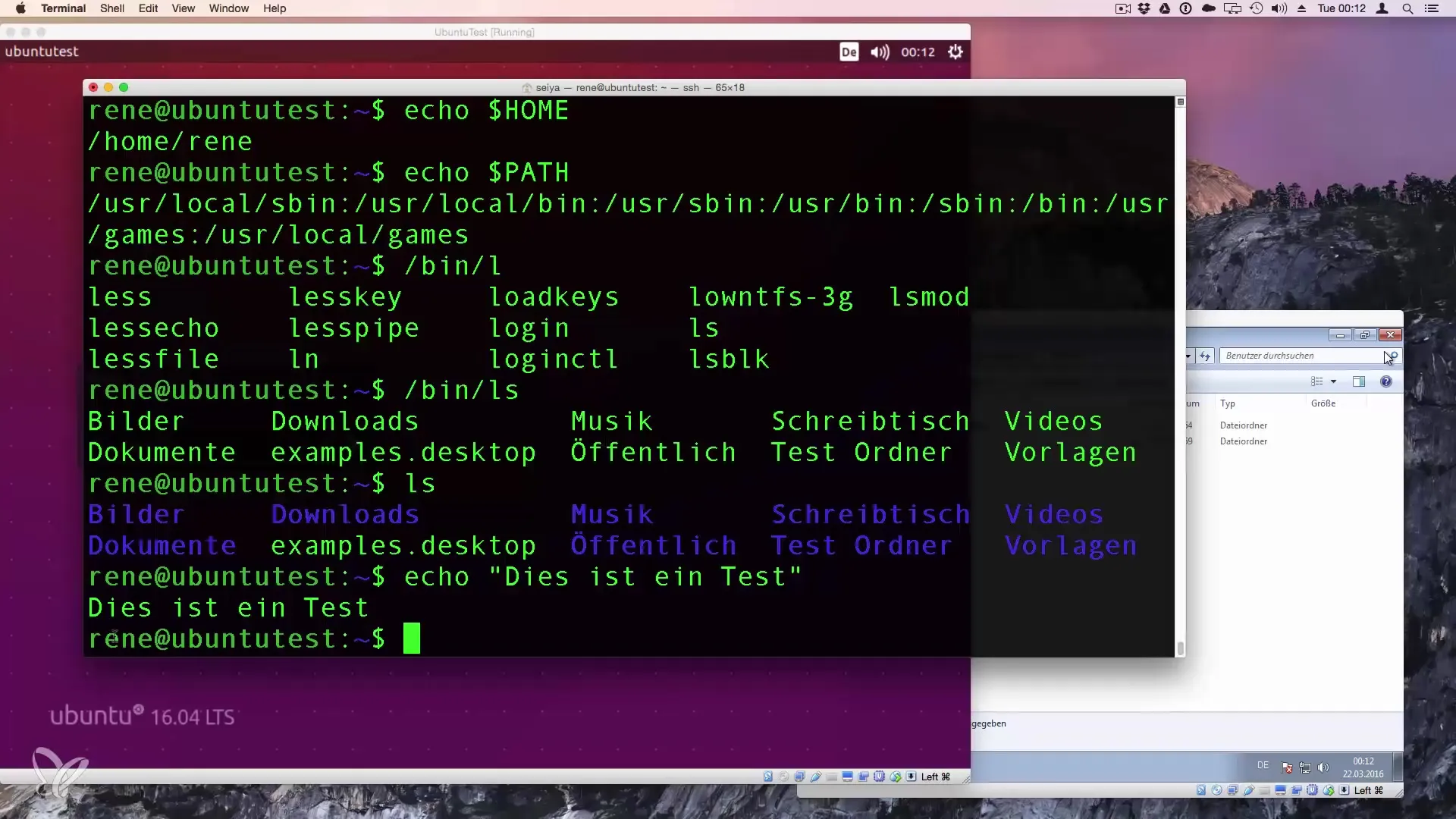
Step 5: Useful Messages in Scripts
When writing scripts, you may want to display the progress or the end of processes. For example, you can output after a long process:
echo "I am finished."
This way, you get clear feedback about the status of your running scripts.
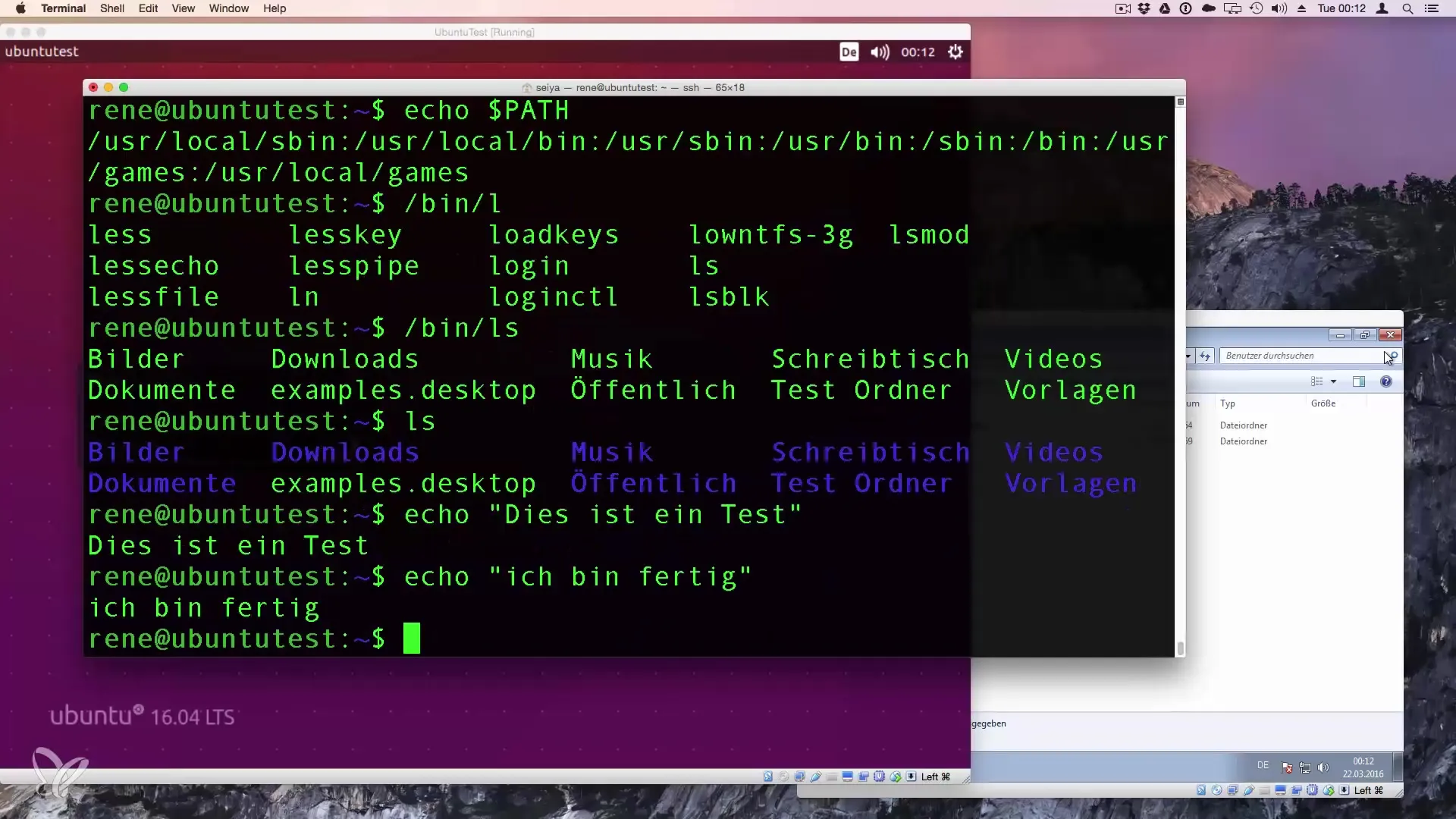
Step 6: Get Help on Echo
To learn more about the various options of the echo command, you can access the man page:
man echo
This documentation shows you what parameters and options you can use with echo to extend functionality.
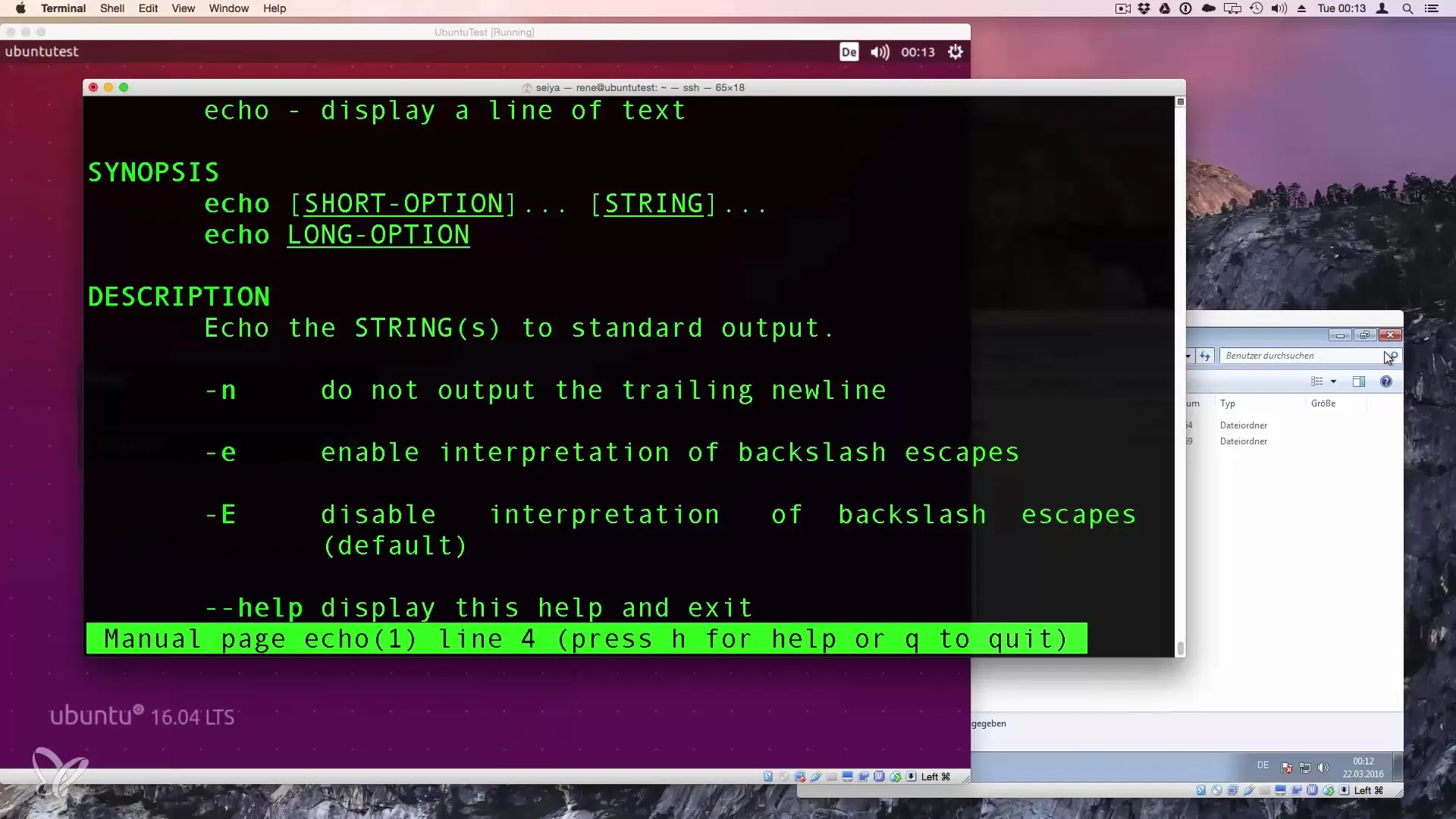
Summary - Echo in Linux: Outputting Texts and Variables
The echo command is a simple yet very powerful tool that helps you display texts and variables in the Linux Bash. With the steps explained above, you can quickly understand how to use the command in different situations, whether to retrieve information or output messages in scripts.
Frequently Asked Questions
What is the purpose of the echo command?The echo command is used to display text and variables in the terminal.
How do I write the echo command?To use the echo command, simply type echo followed by the text or variable.
Can I use the echo command in scripts?Yes, echo is useful for displaying outputs in Bash scripts.
What does $HOME mean?$HOME is an environment variable that contains the path to your home directory.
Can I save the output of echo to a file?Yes, you can redirect the output of echo to a file using >, e.g., echo "Text" > file.txt.


